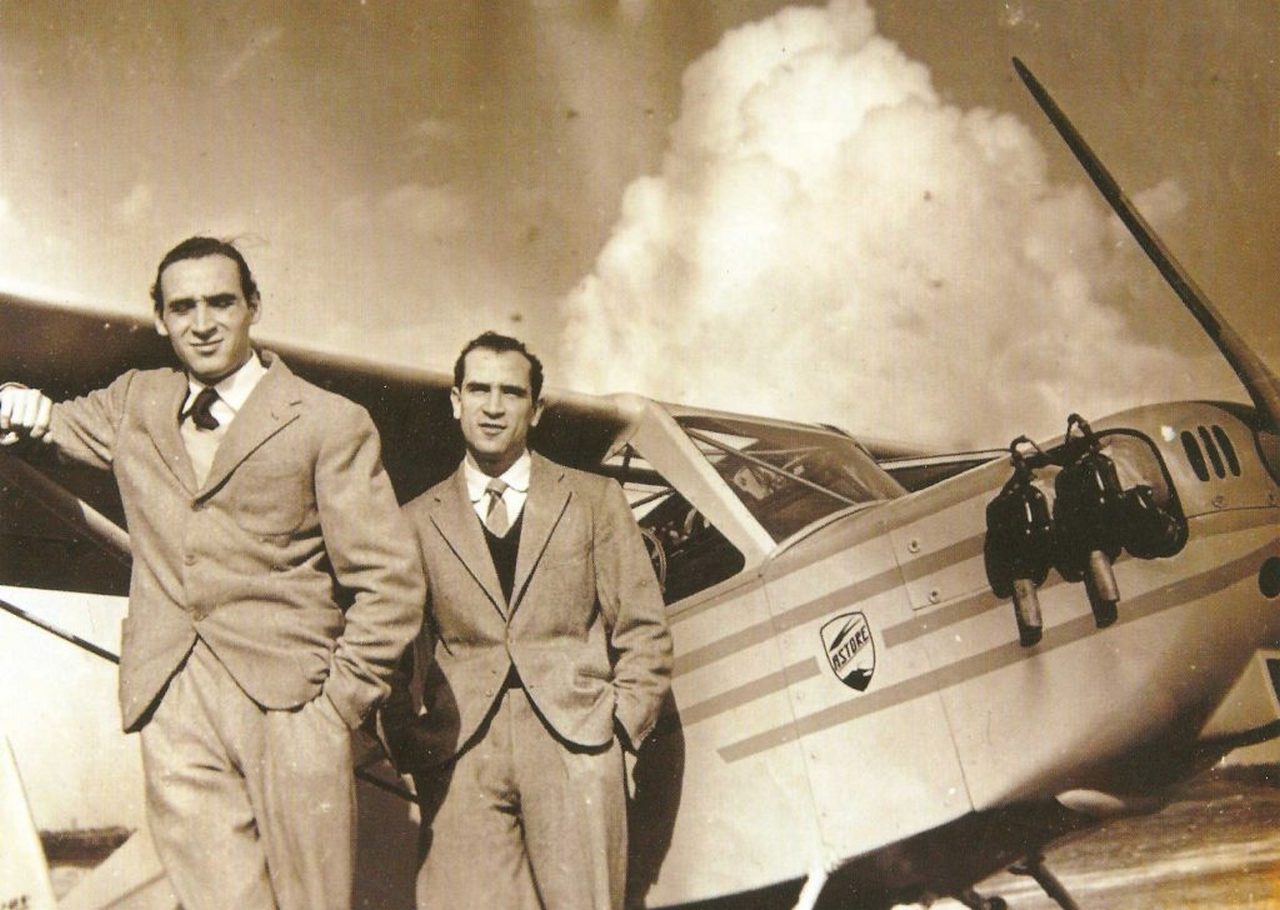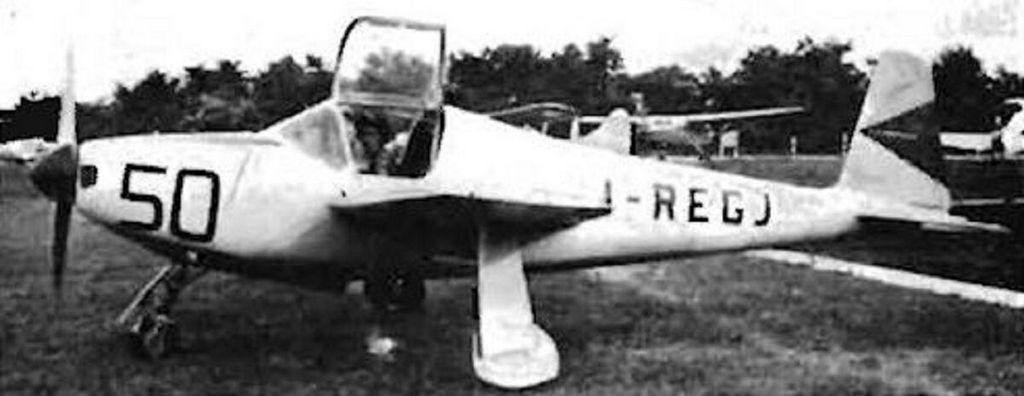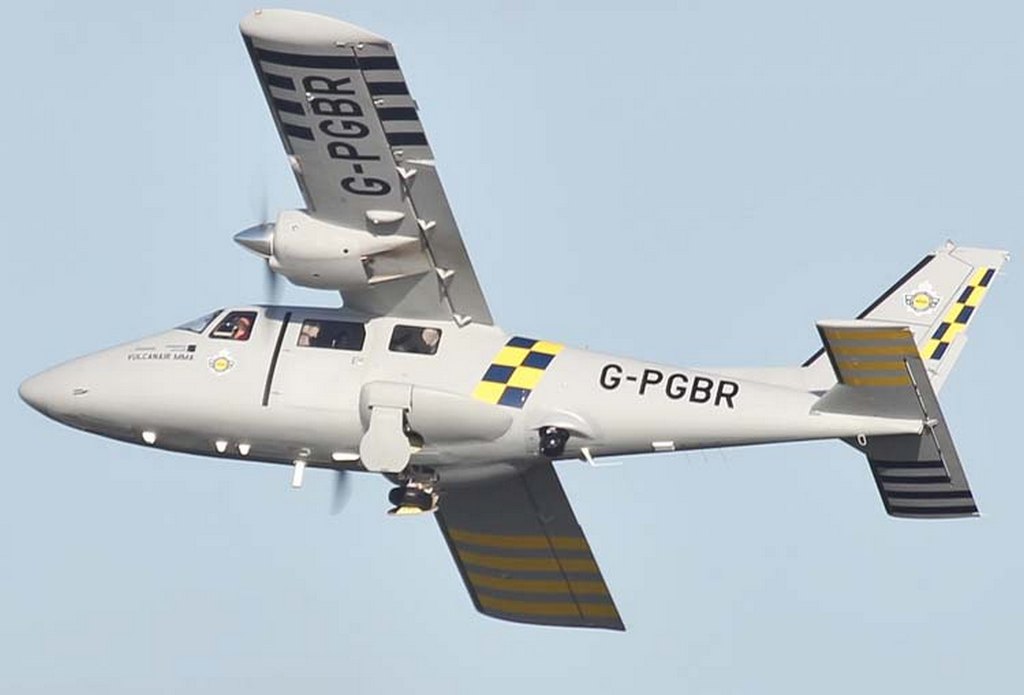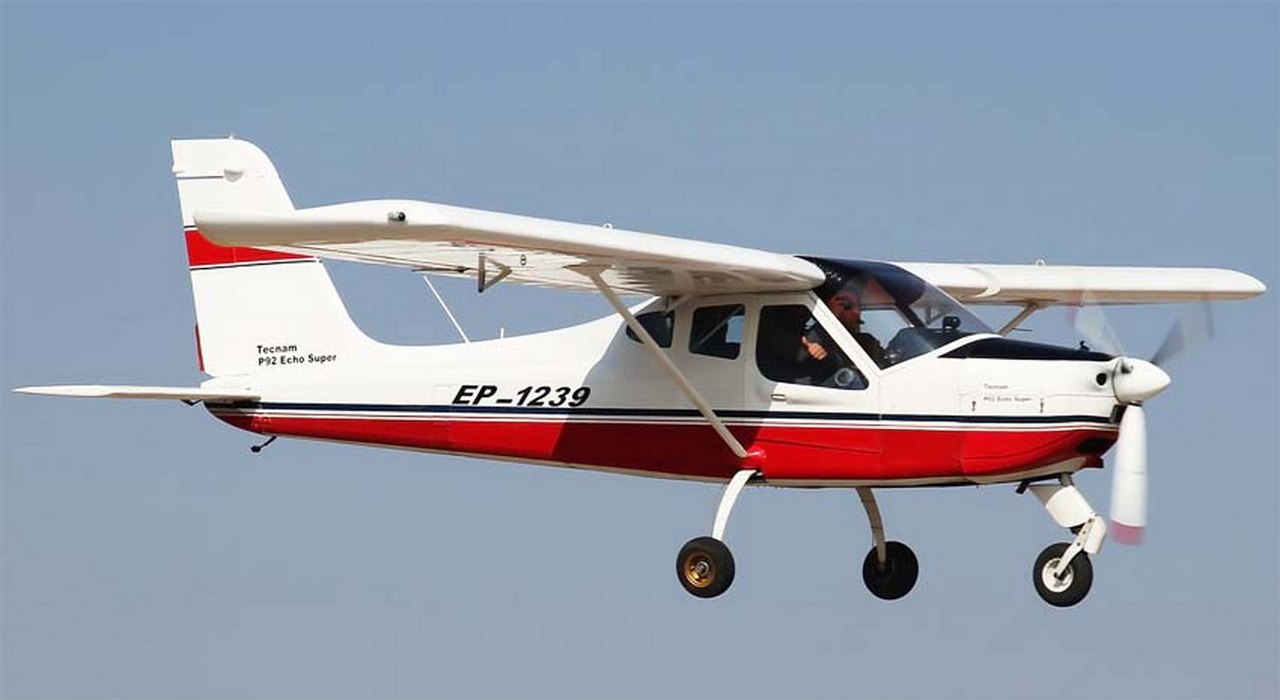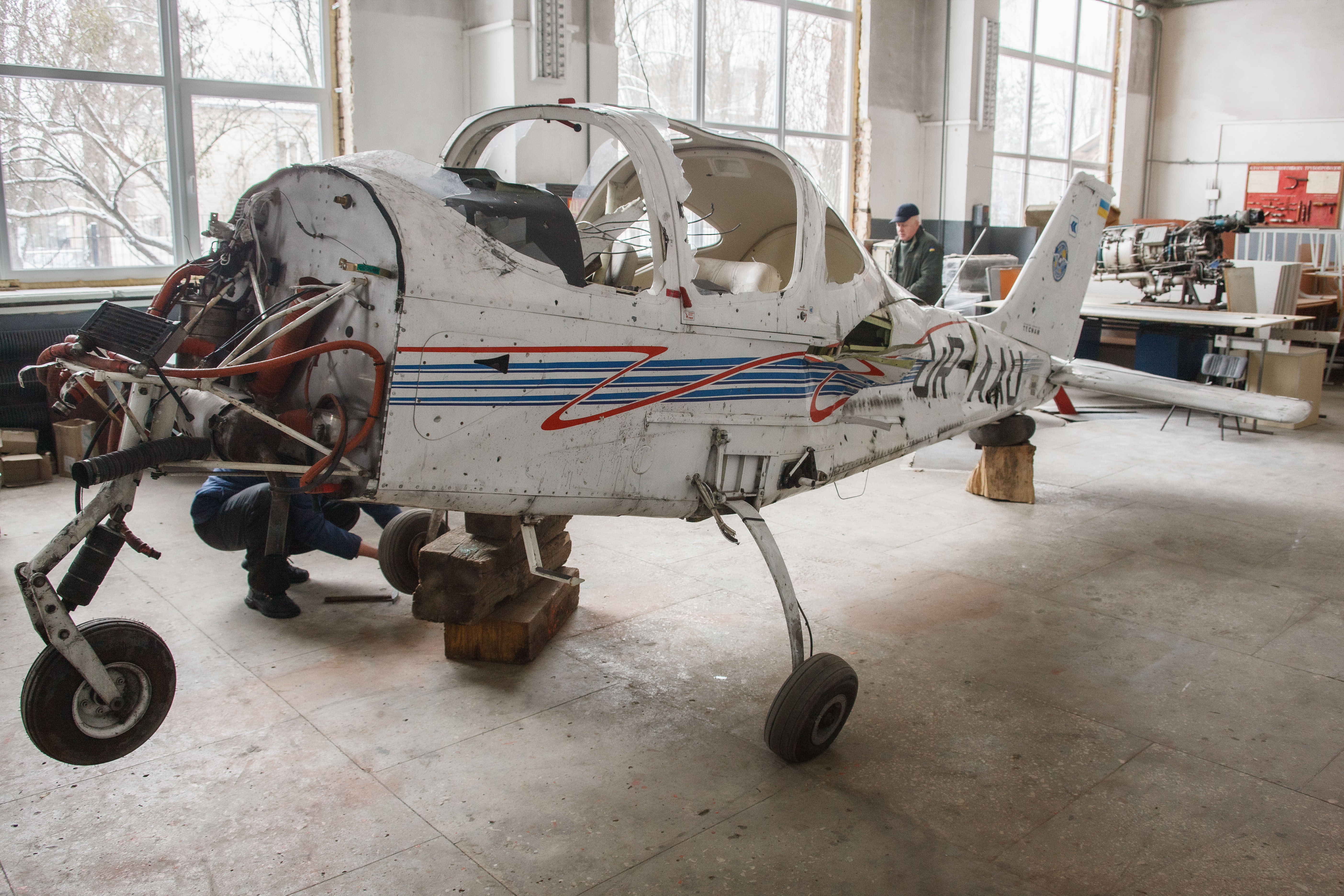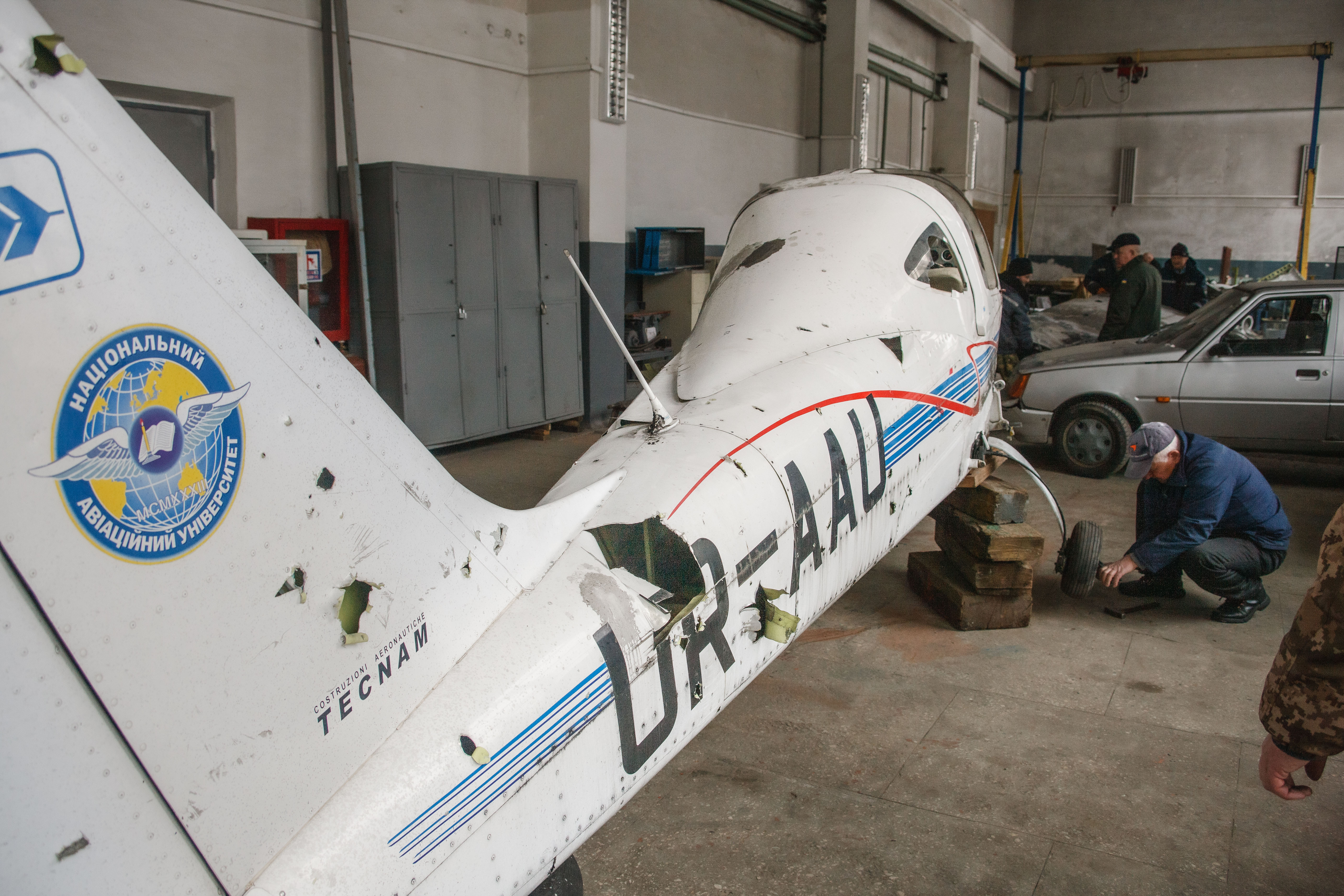The aircraft for future aces from Italy
The aircraft for future aces from Italy
The State Aviation Museum named after O.K. Antonov has received two training aircraft Tecnam P2002-JF. One of them is almost destroyed, the other is heavily damaged. They belong to the Aerospace Faculty of the National Aviation University (NAU) and were based at the "Kyiv-Antonov" airport in Hostomel, where they ended up in the combat zone during the large-scale Russian invasion in February 2022. In essence, these light machines shared the fate of the world's largest aircraft, the An-225 "Mriya."
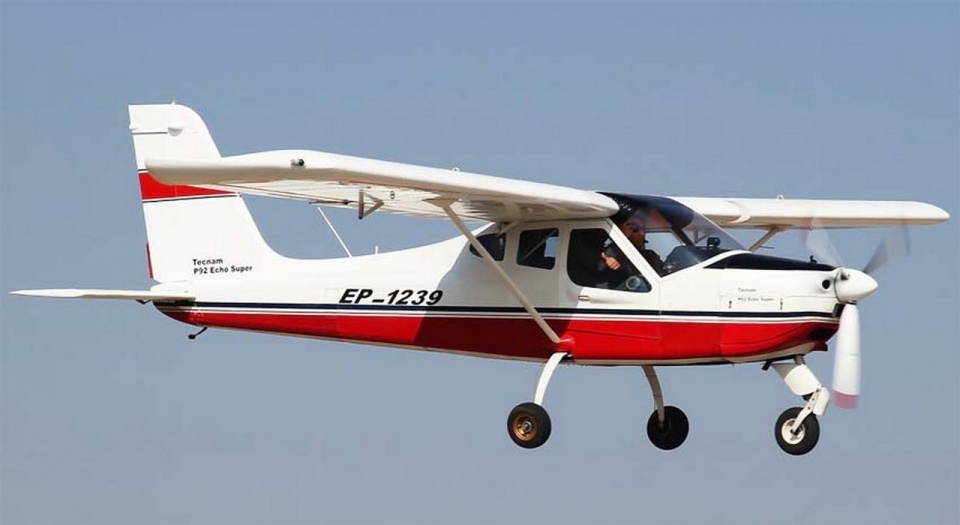
The aircraft for future aces from Italy
The State Aviation Museum named after O.K. Antonov has received two training aircraft Tecnam P2002-JF. One of them is almost destroyed, the other is heavily damaged. They belong to the Aerospace Faculty of the National Aviation University (NAU) and were based at the "Kyiv-Antonov" airport in Hostomel, where they ended up in the combat zone during the large-scale Russian invasion in February 2022. In essence, these light machines shared the fate of the world's largest aircraft, the An-225 "Mriya."
According to the State Register of Civil Aircraft of Ukraine, there are 11 registered aircraft of this type in our country, with 4 belonging to NAU. However, not every aviation enthusiast can recall both the P2002 and its manufacturer, the small Italian company Tecnam. Yet, they are worth attention.
Tecnam was founded by brothers Luigi and Giovanni Pascale, aviation enthusiasts since before World War II. Starting with gliders, they later ventured into developing light aircraft. Luigi, the chief designer, received fundamental education at the Neapolitan Technical University and worked under the guidance of the globally renowned Umberto Nobile. In 1952, they built their first P48B Astore. In 5 years, the brothers created 5 light aircraft and gained recognition through victories in aviation races with their P55 Tornado. Their success led to the establishment of the Partenavia company, known for several successful general-purpose aircraft, including the twin-engine P68 Victor. However, financial troubles led Partenavia to bankruptcy in 1998.
By 1986, the Pascale brothers had already distanced themselves from Partenavia, establishing Costruzioni Aeronautiche Tecnam and continuing their business. Their focus remained on light general-purpose aircraft. In 1992, they created the two-seater high-winged P92, a highly successful commercial project with over 2500 units built in various modifications.
In 2002, the P2002 training aircraft took flight, achieving significant success. Luigi Pascale, at the age of 79, opted for a utilitarian approach, avoiding then-trendy composite materials and digital equipment, emphasizing simplicity while minimizing costs. The resulting reliable aircraft with a low price successfully competed in the saturated market.
The P2002-JF's cabin layout enhances communication between the instructor and trainee. The robust all-metal construction with fixed landing gear can forgive rough landings by novice pilots. The economical 100-horsepower Rotax 912 S2 engine consumes an average of 17 liters of fuel per flight hour, contributing to the aircraft's continued demand. Today, in addition to the simplified training P2002-JF, Tecnam offers several more advanced general-purpose versions, including the P2002 JR with retractable landing gear and updated cabin equipment.
The Pascale brothers have passed away, but Tecnam continues to exist as a family business, now led by their son Paolo. The restorers at the State Aviation Museum have started working on the newly acquired P2002 aircraft. However, bringing at least one of them to an exhibition state will require extensive and meticulous work.
Rostyslav Marayev
Photos:
1 – Brothers Luigi and Giovanni Pascale with their first aircraft, P48B Astore. 1952
2 – Racing aircraft P55 Tornado. 1955
3 – General-purpose aircraft P68 Victor. 1970
4 – General-purpose aircraft P92 Echo
5 and 6 – Training aircraft P2002-JF (serial number 129) suffered significant damage in 2022 during the battles for Hostomel and now requires careful restoration.

 Fan-page
Fan-page Youtube
Youtube TikTok
TikTok Aviamuseum
Aviamuseum State Aviation Museum
State Aviation Museum
